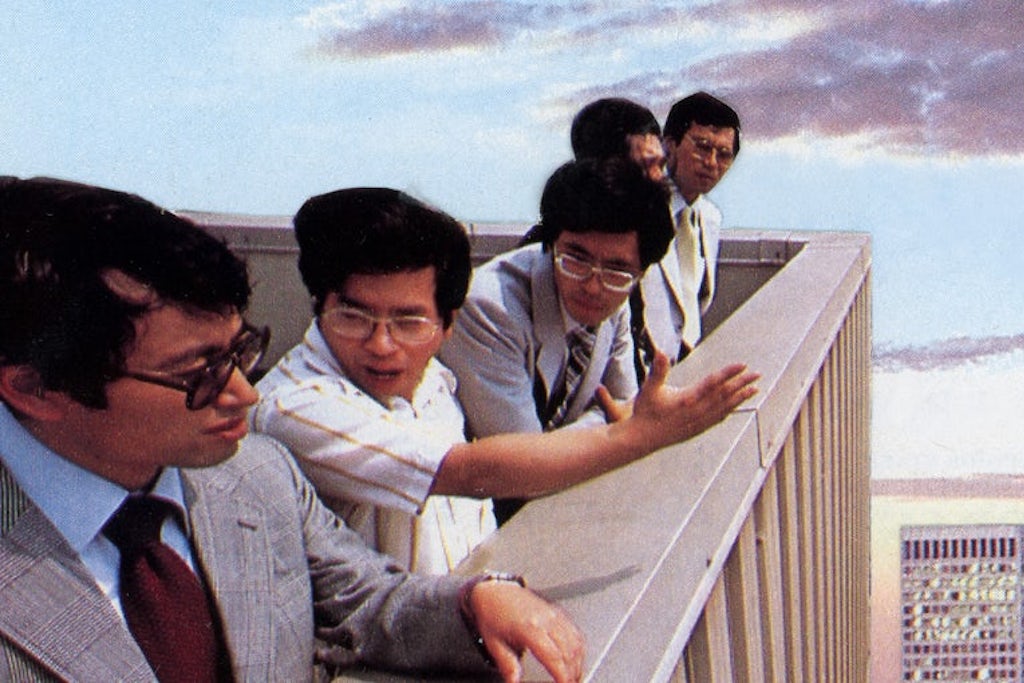
Portrait of the international artist as a citizen

Throughout the whole day, we all felt the urgency of the issue. We felt the commitment. We felt the solidarity by people who are willing to cross borders, not only internationally, but also across disciplines and institutional positions. But of course, at the same time, we were all confronted with the complexity of the matters we are dealing with. The keynotes made it quite clear that we are entering a complex zone with a lot of issues, tensions and paradoxes.
Let us try to grasp a few of these tensions.
In this new era where globalisation is questioned more than ever before, artists may well be enjoying the ‘money, fame and fun’, as Pieter de Buysser said. But at the same time, we might be living some of Karl Marx’s nightmares. We will be speculating with symbolic capital to improve our market position. We will be enlarging our ecological footprint. We will be representing nation states, even if this does not resonate with what we do.
Being an international artist is also being a citizen. This means being responsive to a violently changing world and shedding the fears, aggrievement, insecurity and false identities.
As transnationally travelling artists, we will be living the frenzied, manic lives of the studio- and residency-hopping artists Ash Bulayev described. In this era of precariousness, insecurity and fear, we as artists will be permanently on holiday while simultaneously managing our multiple projects 24/7.
All the time, we will be aware that we are the living vehicle of political agendas. Not only those of export or capital accumulation, but also of ‘exchange’, ‘unification’ or ‘dialogue’, which are all phrases or labels pasted on these agendas. Ekaterine Degot pointed out that we are asked to engage with local communities, to pacify situations, to integrate minorities, or whatever grand ambitions are labeled on us. And all of this at a time of decreasing funding.
At the working tables, the conversations were equally intense, puzzling, and committed. It was clear that the call of Ekaterina Degot to be very critical towards stale concepts, clichés and fixed idioms had been heeded. If you want to reframe the international, you will start by questioning your vocabulary. If you don’t do that, the whole operation makes no sense.
Around these tables, every now and then I noticed a sense of aggrievement, a sense of not being recognised or taken seriously. The failure of institutions or policies to support the work of an artist in a decent way. This point was also made clear in the keynotes this morning. All of them pointed out the scarcity and the lack of sustainable support. This is increasingly how we are supposed to be working as international artists today. Consciously or not, being the product of a neoliberal agenda pushing us on. Still, we should be careful about this sense of aggrievement. We live in a time when the voices of those who feel aggrieved and neglected are so loud that they are destroying the remains of whatever civility still holds society together.
On the other hand, all through the discussions, we heard a clear demand for solidarity. For sharing an awareness about the conditions in which we work. For taking the responsibility to redefine the value of our work in our own terms. For fiercely carrying our badge of independence. For carefully attending to the quality and the depth of our art and for its responsiveness towards the conditions and the context in which it lands. All the time taking care that the pressure on our work and our precarious situation does not mindlessly creep into the content of the work we make.
I noticed another thing. There might have been a time when you were an ‘artist’ when at work and a citizen on all other occasions. But today this no longer stands. Today, more than ever, artists are citizens too. All the time, simultaneously. The one should be as aware, sensitive, patient and resilient as the other. So being an international artist is also being a citizen. This means being responsive to a violently changing world and shedding the fears, aggrievement, insecurity, and false identities. In this world, it is in art that people still expect the right questions to be asked and possible answers to be given. Now more than ever.





